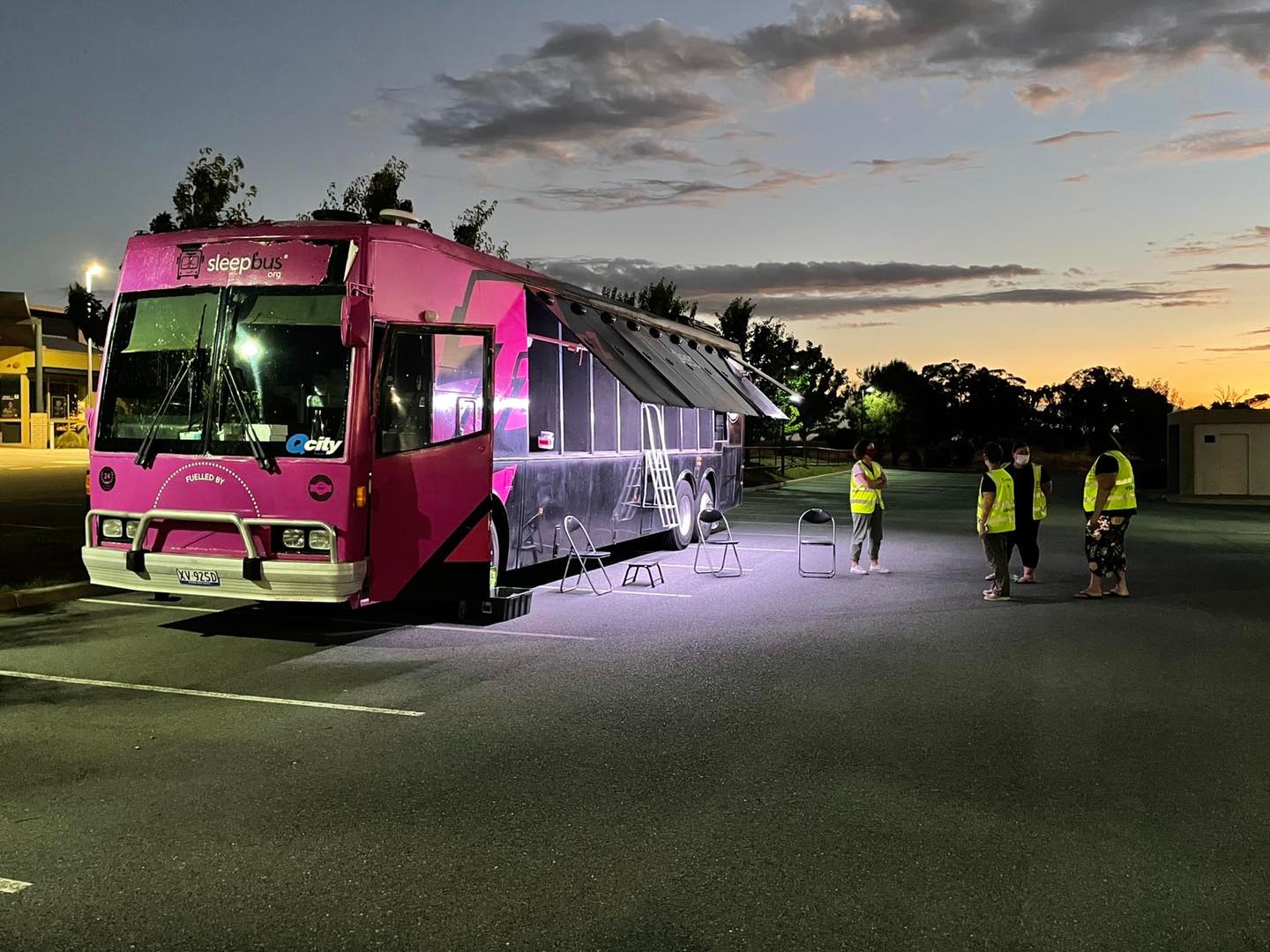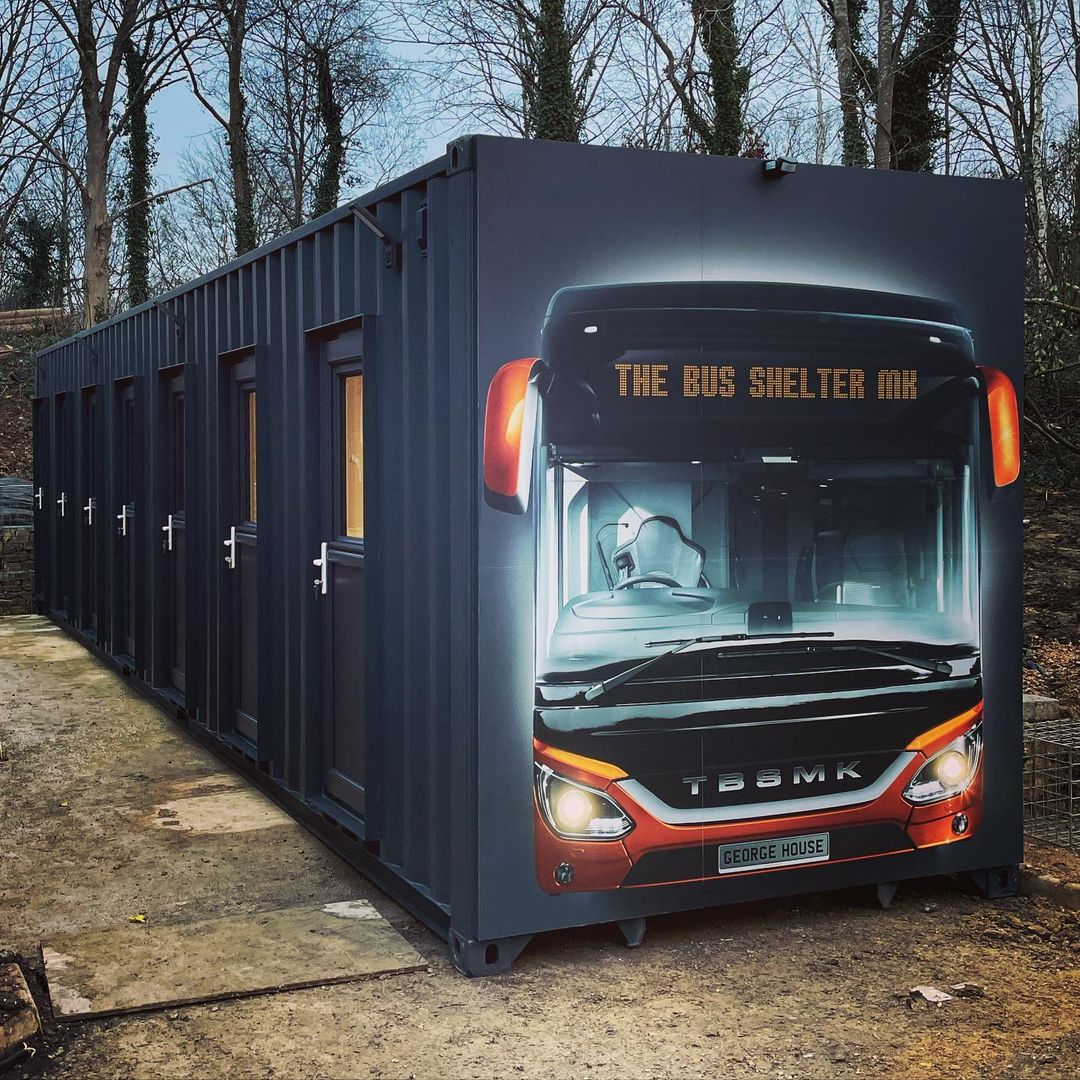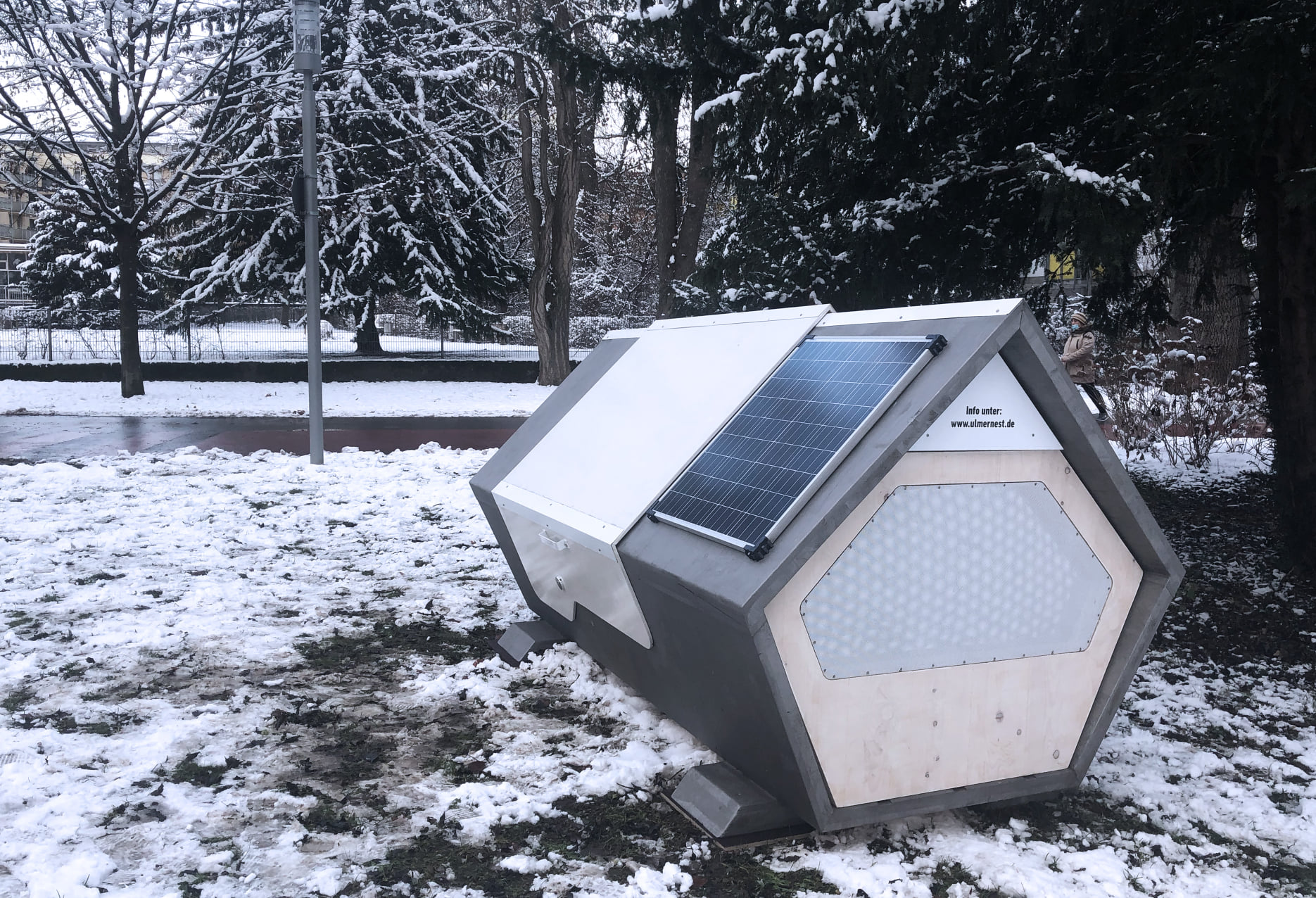
- Better Society -
- 5mins -
- 636 views
Sleep bus to be safe haven for Australia’s Sunshine Coast homeless during housing crisis
Queensland’s first sleep bus has arrived to offer emergency shelter to homeless people on the Sunshine Coast — the bus contains eight 2-bed sleep pods equipped with iPads and walkie talkies so guests can communicate with the caretaker onboard, and includes WC facilities.
Support for homeless as the Sunshine Coast’s first Sleepbus rolls into town
In Queensland, Australia, the Sunshine Coast community has reached a major milestone in addressing homelessness with the arrival of a specialised bus to provide a safe night’s sleep for people living rough. According to a report by local independent free news outlet Sunshine Coast News, the region’s long-awaited first Sleepbus arrived on Wednesday 12 January, at the Maroochy Neighbourhood Centre (MNC) ready to begin service on Friday 21 January. It comes after the centre began a fundraising campaign in May 2020 following the tragic murders of two homeless men in the area.
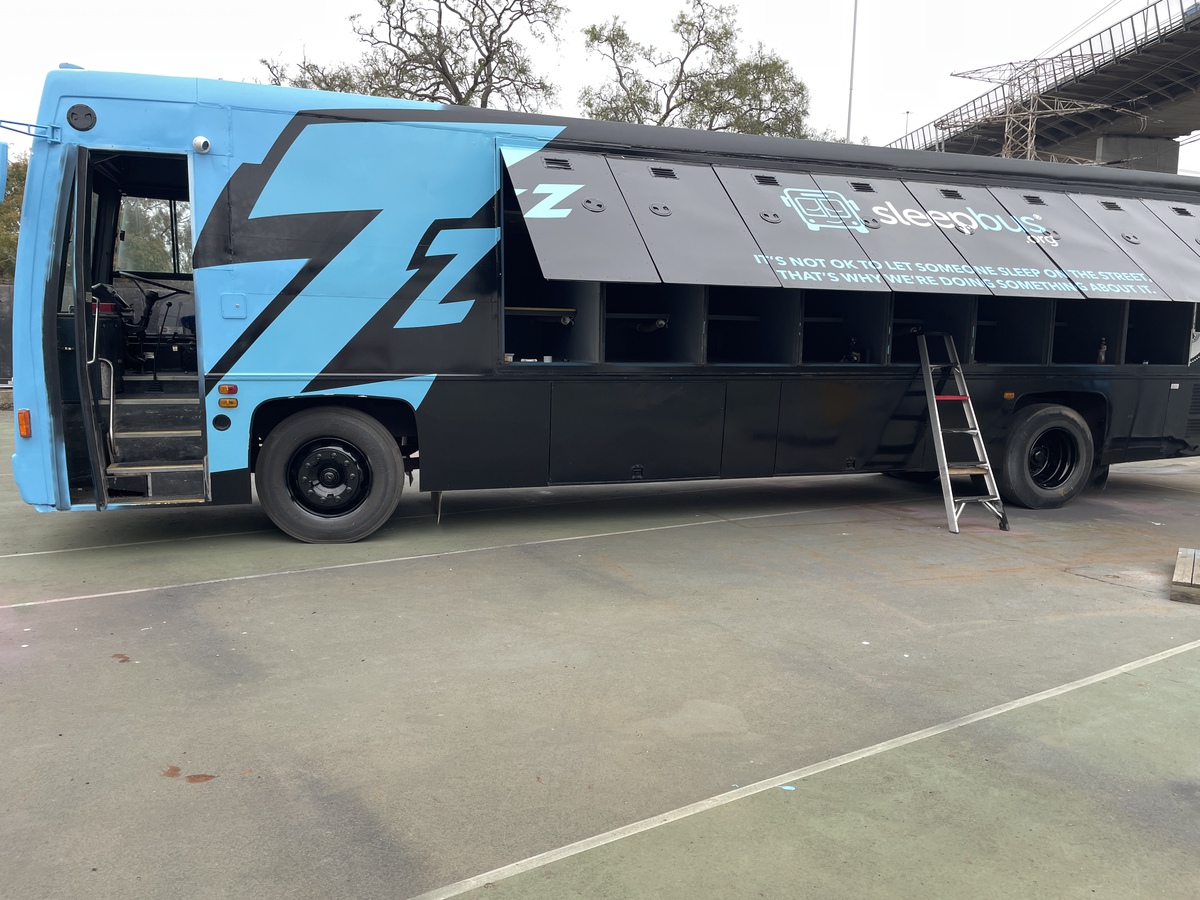
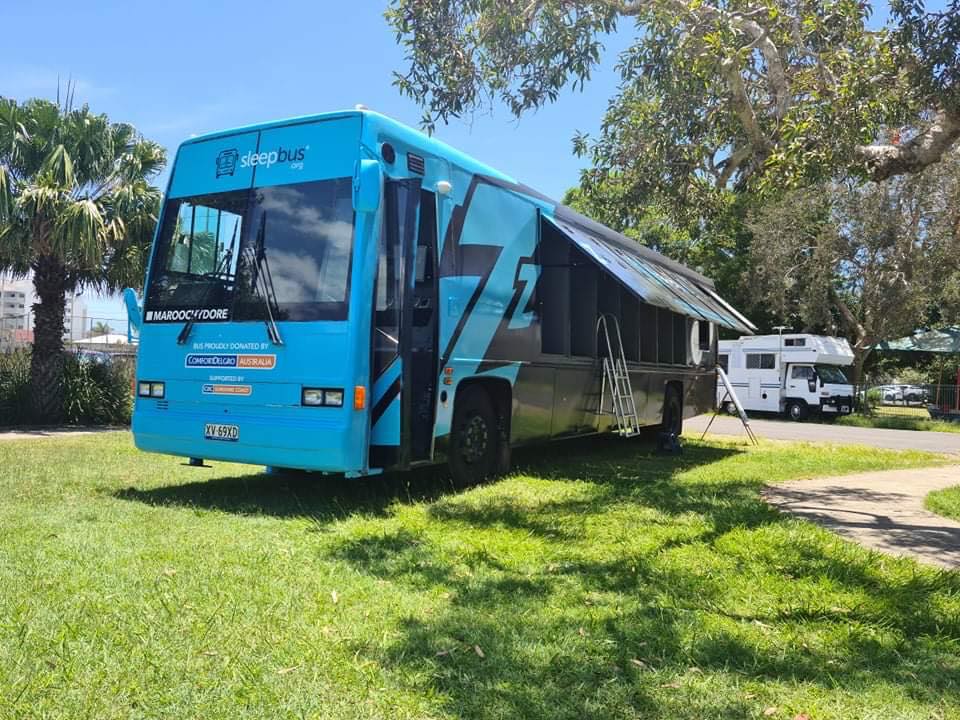
A Pink Sleepbus specifically for women and their children is due for delivery in April
There are about 1000 homeless people on the Sunshine Coast each day and a Maroochydore Neighbourhood Centre (MNC) survey showed on average 62 people were sleeping rough each night within a five-kilometre radius of the centre.
Males comprise 76% of the local homeless population and females 24%, but for homeless men there is no crisis accommodation available on the Sunshine Coast. The closest accommodation for men is in Brisbane, Maryborough or Toowoomba but due to high demands in those areas they are usually booked out or have limited-to-no beds available.
The first of two Sleepbuses ordered for Maroochydore was made possible thanks to community and philanthropist support that raised $100,000 for the fitout of a second-hand bus donated by local company CDC.
Funds were also raised for the Pink Sleepbus, specifically for women and their children, due for delivery in April.
The buses will join the MNC’s long list of services for the homeless, such as hot meals, laundry facilities, medical help, financial counselling, employment support, drug and alcohol counselling, free haircuts and showers, and lockers to store personal belongings.
The Sleepbus itself will be managed by Sleepbus.
Sleepbus reports on any given night in Australia, 116,000 people are homeless. Of those 8200 are rough sleepers, including sleeping out on the street, around 1120 are children under 12, and there is a significant increase in women experiencing family breakdowns and people aged over 60 who are living rough.
Source: SunshineCoastNews.com.au
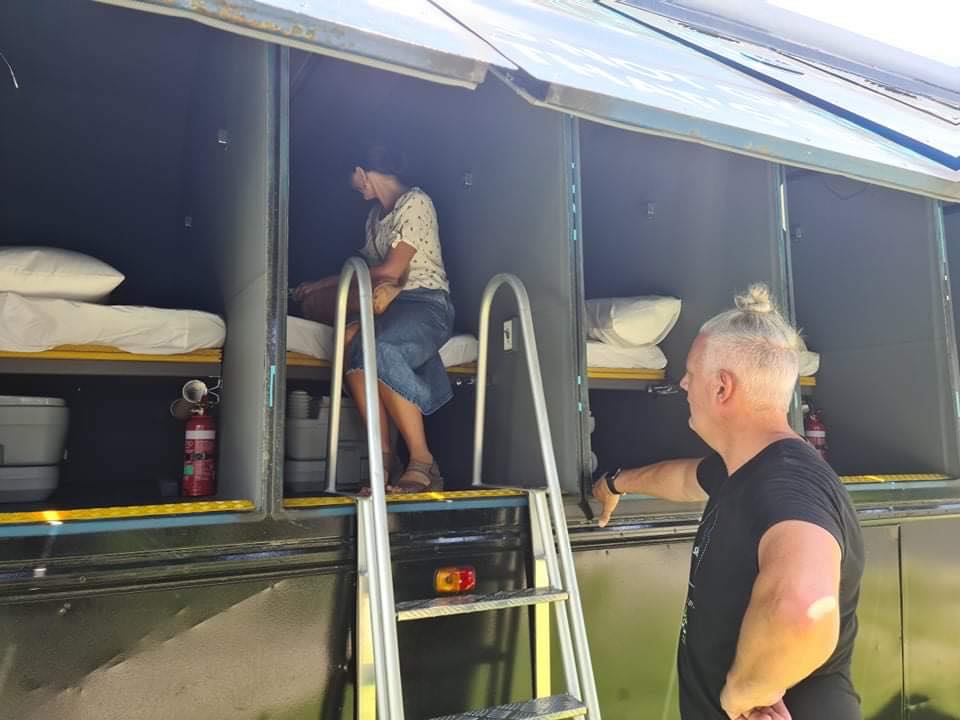
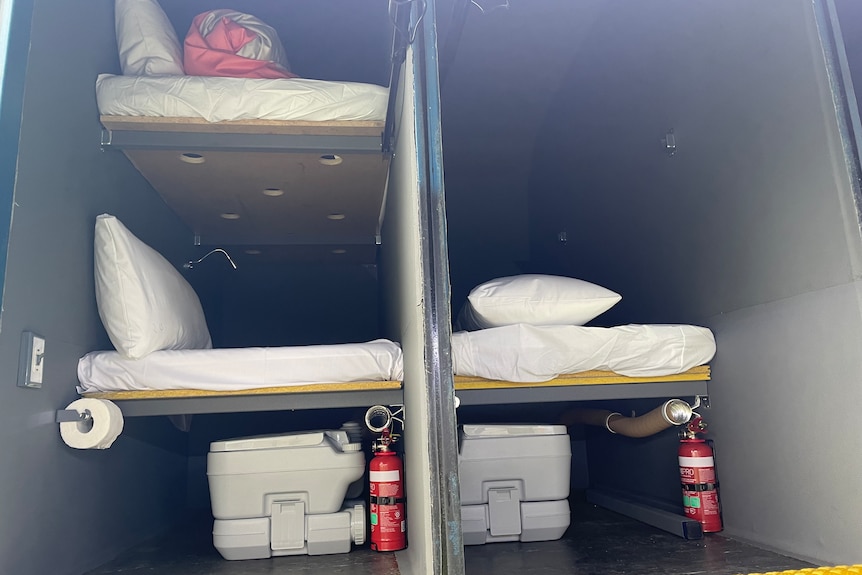
“We have one rule, which is the quiet enjoyment rule.”
The Maroochydore bus’ eight double pods can sleep eight single people or more if there are couples or relatives.
ABC News report the vehicle will be parked in Maroochydore at a council-approved spot, and doors open between 8.30pm and 10.30pm for "onboarding", with wake up from 7am. Sleep buses usually fills their spots on a first-come, first-served basis.
The Melbourne founder and chief executive of Sleepbus, Simon Rowe, said dogs would also be allowed.
"We have one rule, which is the quiet enjoyment rule. So, we don’t care what your condition is, what you’ve got with you, a pet, whatever — we just need your name and you can have a quiet night’s sleep."
Mr Rowe converted the bus himself after it was donated by transport company CDC. The sleep pods have air conditioning, reading lights, USB charging points, a small toilet and even an iPad for sleepers to catch up on TV programs.
Volunteers will be required to clean the bedding, but Mr Rowe said he’d had 50 people signing up wanting to help. The bus will also have a volunteer caretaker who will sleep onboard in another pod.
The blue bus will be open to anyone who needs a bed, but a pink bus for women has also been ordered and will arrive mid-year. The Queensland bus follows others in Melbourne, Canberra and neighbouring Queanbeyan in New South Wales.
Source: abc.net.au
